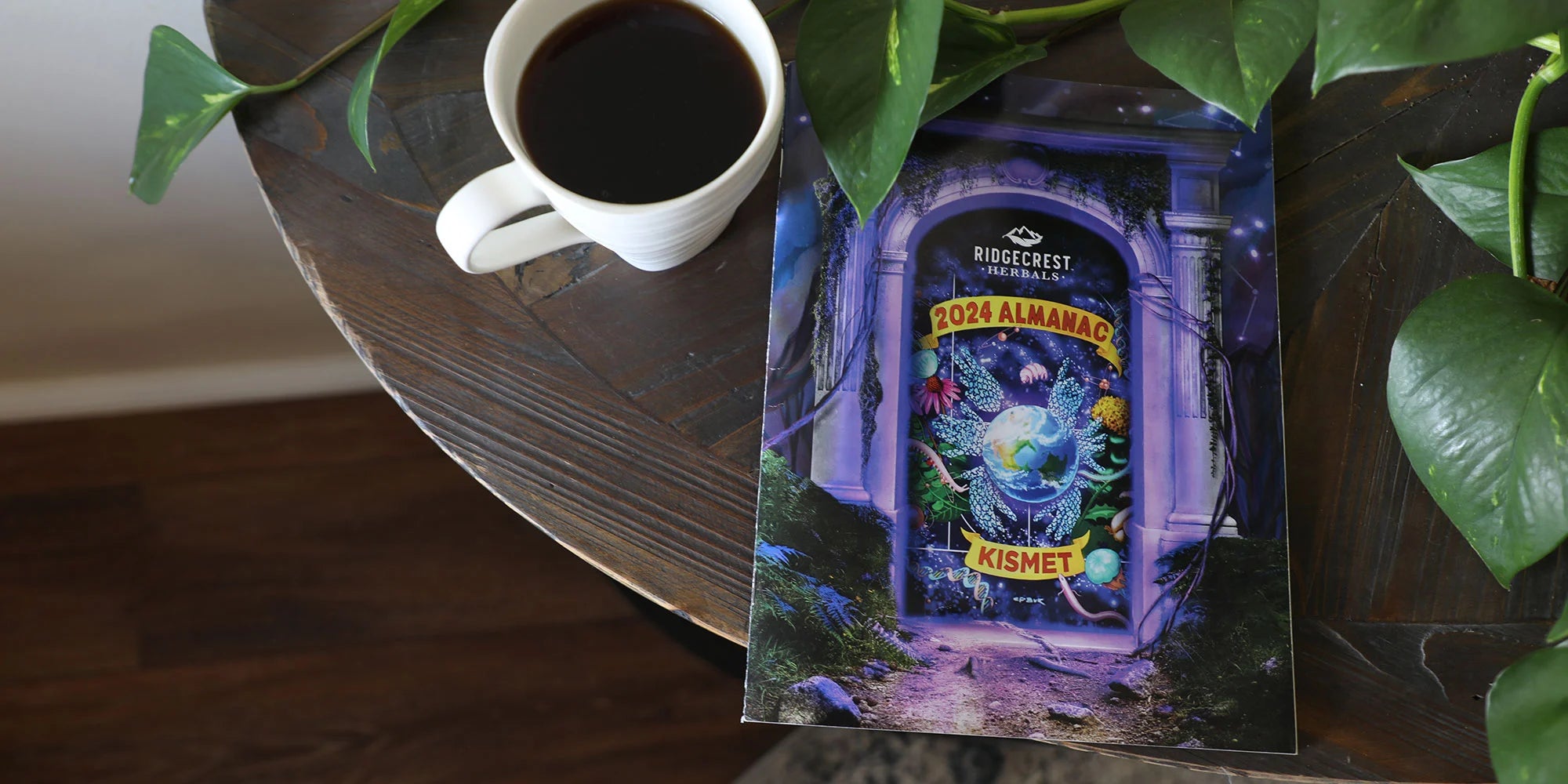I have always had a super sensitive nose. I can pick up on smells most can’t, which can be a blessing and a curse — as a result, I’ve experienced side effects. So many smells make me either nauseous or give me terrible headaches. This happens when I smell certain perfumes, air sprays, and candles. I researched this and discovered there are others like me.
It turns out that fragrances are largely the culprit. According to The Food and Drug Administration (FDA), a fragrance is defined as “any natural or synthetic substance or substances used solely to impart an odor to a cosmetic product.” This can be any combination of chemicals derived from petroleum or natural raw materials. The source of the fragrance is rarely listed on a product; the definition is solely for cosmetic product regulation.
Regulations change depending on what a product is classified under, for example, cosmetic versus cleaner. With this comes a gray area of undisclosed chemicals. The International Fragrance Association (IFRA) lists 3,059 materials being used for fragrance compounds. Some of the chemicals in this long list have been linked to serious health problems. Fragrances are found in our everyday products and cosmetics, including body lotions, cleaning products, laundry detergents, and fabric softeners. The fragrance is just the first of many harmful chemicals often added to everyday products.
Over time I have learned to read labels, slowly replacing items with products that are more transparent about what they contain, and with safer ingredients. I use the Environmental Working Group (EWG) phone app to look up ingredients and products. Some companies are doing a fantastic job of informing you what ingredients are inside their products; Attitude, a brand with a terrific transparency platform, is one example of this.
If I can’t afford a safer product (because being safer sometimes means it’s more expensive) or I can’t find a suitable replacement, I try to find ways to make my own. Making your products can be much more affordable, and you have 100% control over the ingredients that are included. Try creating your own fabric softener!
Easy Homemade Fabric Softener
Ingredients:
-
6 cups white vinegar
-
⅛ cup vegetable glycerin
-
15-20 drops essential oil
Directions:
Wisdom in the Margins: Remember to use safe, pure essential oils. Some are toxic to animals and children; do your research. Always dilute oils before putting them on your skin. Never ingest.



